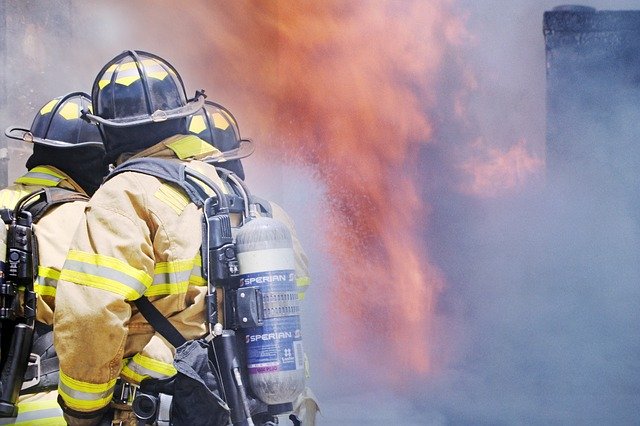New study examines whether exposure to 9/11 rubble increases cancer risk.
The attacks on the World Trade Centre towers on September 11th, 2001 remain the defining moment of the 21st century. While close to 3,000 people were killed directly by the attacks, the devastating effects may have extended far beyond that fateful date. A new study published in the journal JNCI Cancer Spectrum examines the effects of potential exposure to toxins on workers who were involved in the rescue, recovery, and clean-up operations (1).
This group includes up to 50,000 people who were involved at various stages between September 2001 and June 2002. The rubble from the collapsed towers contained many potential carcinogens, including asbestos. Previous studies have examined the potential impact of such exposure and point towards an increased cancer risk (2).This new study builds on previous research but with the benefit of five additional years of follow-up time. The added follow-up time allows greater sensitivity for cancers that may take longer to develop.
The study used the World Trade Centre Health Program to identify the study population and obtain informed consent for data sharing. The authors classified included patients according to self-reported exposure levels. Participants fell into one of four exposure categories (low-very high). The research team used cancer registries in New York, New Jersey, and other relevant states where responders may currently reside, to identify the members of the study population who had developed cancer up to December 2013 for New York state and December 2012 for other states. The total cancer cases were also subdivided by cancer type.
The main outcome of interest was the standardised incidence ratio (SIR). The incidence ratio is the observed number of cancer cases in the study population divided by the expected number of cases. In this case, the incidence ratio is standardised by age, sex, race and/or ethnicity, diagnosis year, and residency-state-specific population rates.
The final analysis included 28,792 individuals, mostly men in the construction or protective services areas. For overall cancer risk, the SIR was 1.09, meaning that the study group experienced 109 cancer cases for every 100 expected cases. Analysis by cancer type revealed that this increased risk was driven largely by prostate cancer (SIR=1.25) and thyroid cancer (SIR=2.19). Leukaemia also showed a statistically significant increase in the study population. Other cancers such as oesophageal cancer and brain cancers demonstrated increases in the study population but these were not statistically significant.
Given the exposure to large amounts of dust, it was surprising that lung cancers were slightly reduced in the study population. However, this reduction was not statistically significant. Another somewhat unexpected result was that the risk of cancer was unrelated to exposure level.
Unfortunately, the predictive power of the study is limited by some unexpected results. If cancer was directly caused by exposure to WTC carcinogens, one would expect incidence levels to be linked to exposure levels. This was not the case, casting some doubt on the overall hypothesis. Similarly, the slight reduction in lung cancer tends to go against what would be expected. However, the authors correctly highlight some of the myriad factors that might influence lung cancer rates, for example, the lower than average smoking prevalence in the study population.
The authors also note that currently, the WTC Health Program does not offer screening services for prostate or thyroid cancers. The statistically significant increases observed in these two cancers specifically, suggest that general responders would benefit from such a screening program.
Overall the results are interesting, but they are of limited clinical significance. The study analyses a very specific scenario, the exact circumstances of which are unlikely to be repeated. However, similar circumstances may be experienced on a smaller scale by responders in the aftermath of earthquakes or building collapses. This study suggests such responders may be putting themselves at increased long-term cancer risk and suggests specific types of cancer these brave men and women may require screening for in the future.
Written by Michael McCarthy
References:
- Shapiro MZ, Wallenstein SR, Dasaro CR, Lucchini RG, Sacks HS, Teitelbaum SL, et al. Cancer in General Responders Participating in World Trade Center Health Programs, 2003–2013. JNCI Cancer Spectrum. 2019;4(1).
- Solan S, Wallenstein S, Shapiro M, Teitelbaum SL, Stevenson L, Kochman A, et al. Cancer incidence in world trade center rescue and recovery workers, 2001-2008. Environ Health Perspect. 2013;121(6):699-704.
Image by ciobanucatalina from Pixabay



